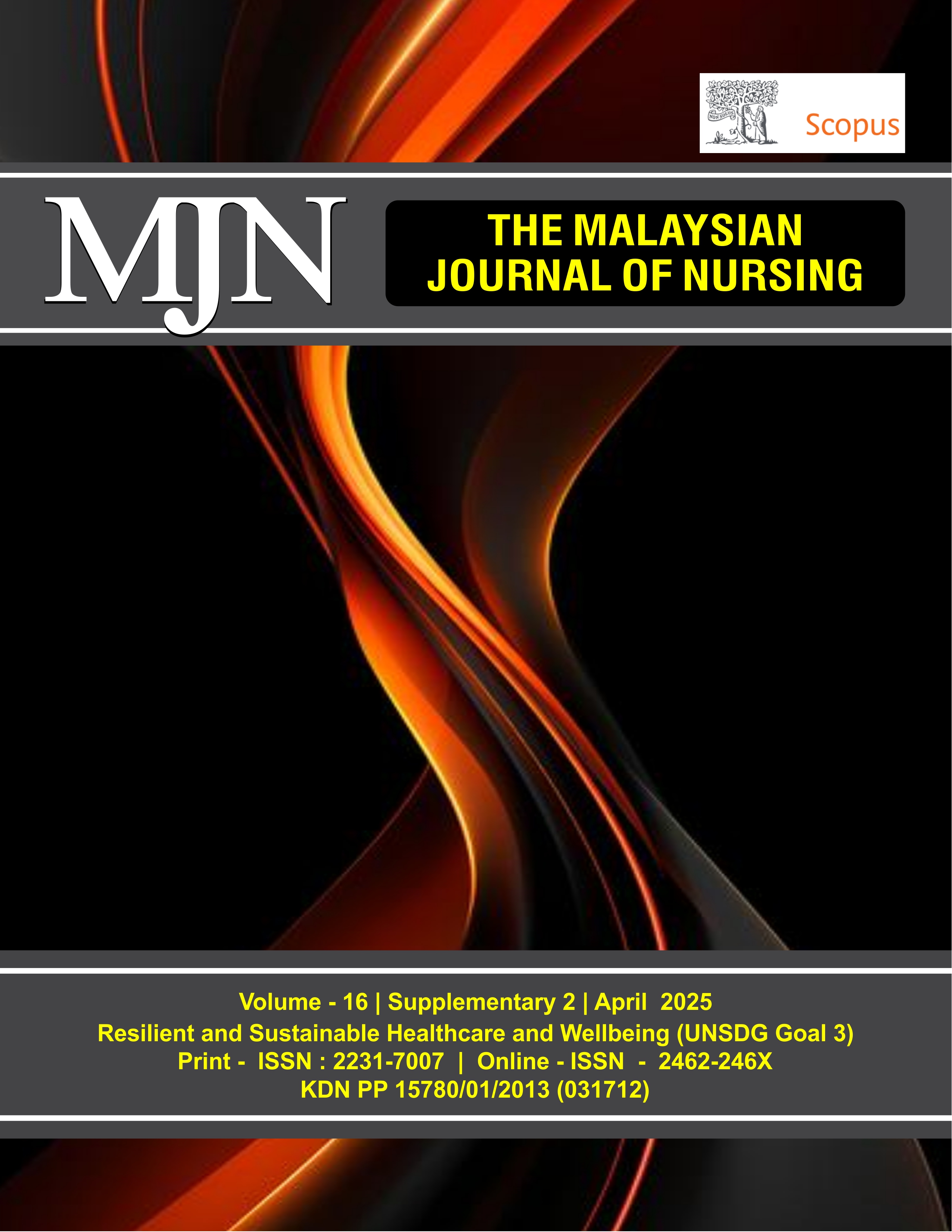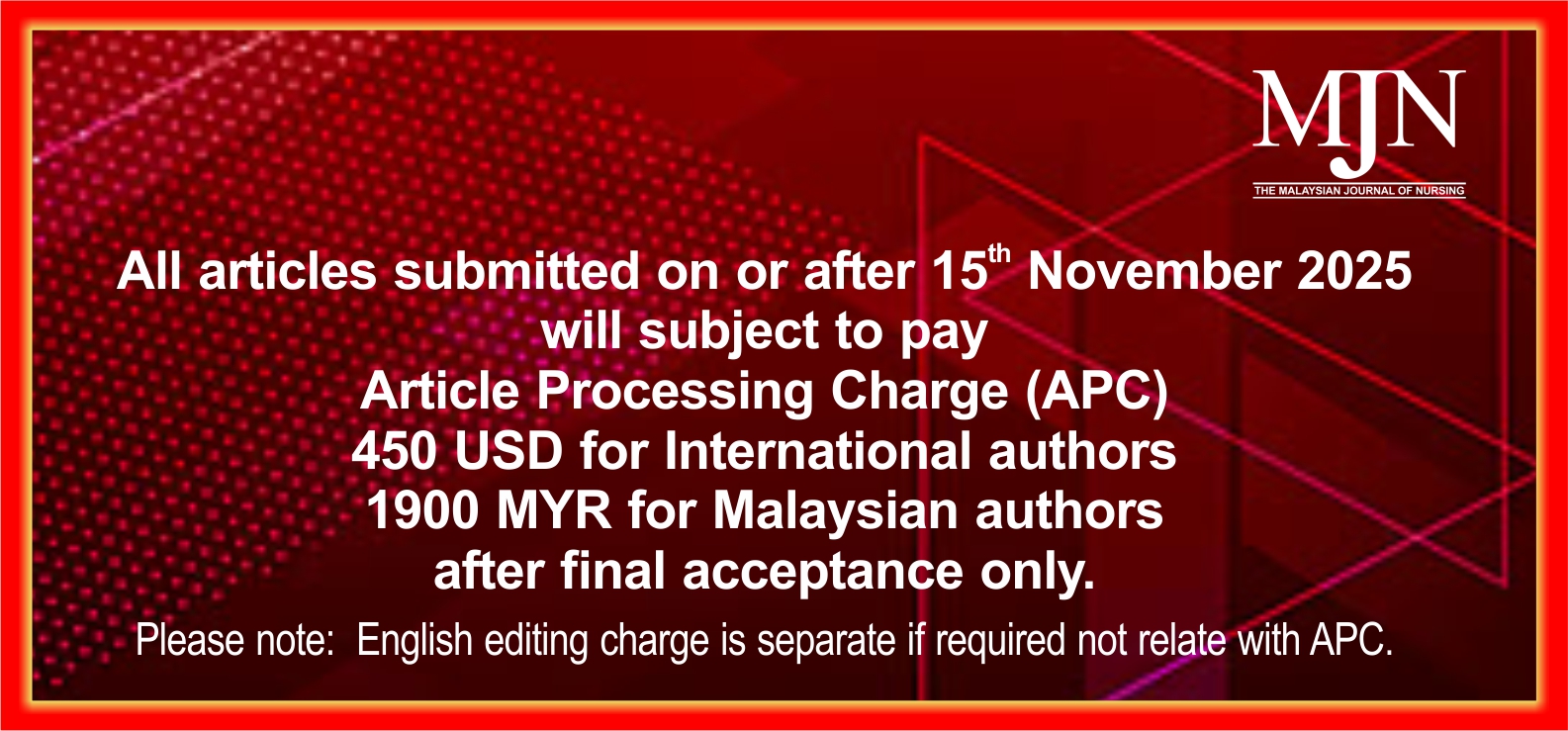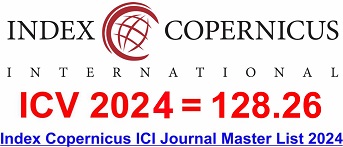The Effect of Virtual Reality Simulation Training to Improve Disaster Preparedness for Cadre in Bandung West Java, Indonesia
DOI:
https://doi.org/10.31674/mjn.2025.v16isupp2.003Abstract
Background: Despite improved governmental disaster management efforts, household preparedness remains insufficient, leaving communities vulnerable. Cadres are pivotal in promoting disaster preparedness at the grassroots level. Virtual Reality Simulation (VRS) offers novel approaches to improve training in disaster response by creating immersive, interactive environments that enhance skill acquisition. Objective: This study aims to assess the effectiveness of VRS training on improving disaster preparedness among Indonesian cadres, comparing outcomes with a control group receiving no such intervention. Methods: A quasi-experimental design with a control group and repeated measures was implemented in Bandung Regency, West Java. A total of 400 cadres participated, divided equally between the intervention group receiving VRS training and a control group. Disaster preparedness was measured using the Household Emergency Preparedness Scale (HEPS). Data analysis involved ANOVA and Generalised Estimating Equations (GEE) to compare preparedness scores across time points. Results: The intervention group demonstrated significant improvements in disaster preparedness scores post-intervention and at one-month follow-up (p<0.001), with a moderate effect size (Cohen's d = 0.41). The control group showed no significant change over time. GEE analysis confirmed a statistically significant increase in preparedness scores for the intervention group after controlling for baseline differences (ß = 10.2, p<0.001). Conclusion: VRS training effectively enhances disaster preparedness among community health cadres by providing a scalable and immersive approach to improving disaster readiness. VR-based training presents a viable alternative to traditional methods, especially in resource-limited areas, with potential for widespread implementation in disaster-prone regions.
Keywords:
Community Health Workers, Disaster Preparedness, Quasi-Experimental Study, Virtual Reality SimulationDownloads
References
Abbas, J. R., Chu, M. M. H., Jeyarajah, C., Isba, R., Payton, A., McGrath, B., Tolley, N., & Bruce, I. (2023). Virtual reality in simulation-based emergency skills training: A systematic review with a narrative synthesis. Resuscitation Plus, 16, 1-11. https://doi.org/10.1016/j.resplu.2023.100484
Alshowair, A., Bail, J., AlSuwailem, F., Mostafa, A., & Abdel-Azeem, A. (2024). Use of virtual reality exercises in disaster preparedness training: A scoping review. SAGE Open Medicine, 12. https://doi.org/10.1177/20503121241241936
Atreya, A., Ferreira, S., & Kriesel, W. (2013). Forgetting the flood? An analysis of the flood risk discount over time. Land Economics, 89(4), 577–596. https://doi.org/10.3368/le.89.4.577
Ayuningtyas, D., Windiarti, S., Hadi, M. S., Fasrini, U. U., & Barinda, S. (2021). Disaster preparedness and mitigation in Indonesia: A narrative review. Iranian Journal of Public Health, 50(8), 1536-1546. https://doi.org/10.18502/ijph.v50i8.6799
Badan Nasional Penanggulangan Bencana (BNPB). (2023, October 25). Jumlah Kejadian Bencana Berdasarkan Jenis Bencana di Jawa Barat [Number of Disaster Incidents Based on Disaster Type in West Java]. Retrieved from https://data.bnpb.go.id/ja/dataset/jumlah-kejadian-bencana-berdasarkan-jenis-bencana-di-jawa-barat. Accessed on 24th March 2024.
Bogati, R., & Gautam, M. S. (2021). Disaster recovery toward attaining sustainable development goals. In No Poverty (pp. 211–220). Springer, Germany. https://doi.org/10.1007/978-3-319-95714-2_56
Brown, N., Margus, C., Hart, A., Sarin, R., Hertelendy, A., & Ciottone, G. (2023). Virtual reality training in disaster medicine: a systematic review of the literature. Simulation in Healthcare, 18(4), 255–261. https://doi.org/10.1097/SIH.0000000000000675
Calandra, D., Pratticò, F. G., Cannavò, A., Casetti, C., & Lamberti, F. (2024). Digital twin-and extended reality-based telepresence for collaborative robot programming in the 6G perspective. Digital Communications and Networks, 10(2), 315–327. https://doi.org/10.1016/j.dcan.2022.10.007
Chang, C.-W., Lin, C.-W., Huang, C.-Y., Hsu, C.-W., Sung, H.-Y., & Cheng, S.-F. (2022). Effectiveness of the virtual reality chemical disaster training program in emergency nurses: a quasi-experimental study. Nurse Education Today, 119. https://doi.org/10.1016/j.nedt.2022.105613
Collier, R., Darling, R., Sprague, L.-M., & Murphy, J. (2023). The development and feasibility of an empathy virtual reality scenario in healthcare education. CIN: Computers, Informatics, Nursing, 41(10), 759–764. https://doi.org/10.1097/CIN.0000000000001034
Dorozhkin, D., Olasky, J., Jones, D. B., Schwaitzberg, S. D., Jones, S. B., Cao, C. G. L., Molina, M., Henriques, S., Wang, J., & Flinn, J. (2017). OR fire virtual training simulator: design and face validity. Surgical Endoscopy, 31, 3527–3533. https://doi.org/10.1007/s00464-016-5379-7
Eisenman, D. P., Zhou, Q., Ong, M., Asch, S., Glik, D., & Long, A. (2009). Variations in disaster preparedness by mental health, perceived general health, and disability status. Disaster Medicine and Public Health Preparedness, 3(1), 33-41. https://doi.org/10.1097/DMP.0b013e318193be89
Fakhriyah, F. (2024). Virtual Reality-Based learning environments for enhancing interpersonal communication and decision making in crisis management training. Journal of Blended and Technical Education, 1(1), 45–53. Retrieved from: https://generatedp.com/index.php/jbte/article/download/8/6 . Accessed on 18th June 2024.
Gout, L., Hart, A., Houze-Cerfon, C.-H., Sarin, R., Ciottone, G. R., & Bounes, V. (2020). Creating a novel disaster medicine virtual reality training environment. Prehospital and Disaster Medicine, 35(2), 225–228. https://doi.org/10.1017/S1049023X20000230
Gunshin, M., Doi, K., & Morimura, N. (2020). Use of high‐fidelity simulation technology in disasters: An integrative literature review. Acute Medicine & Surgery, 7(1), 1-11. https://doi.org/10.1002/ams2.596
Hung, M.-C., Lin, C.-Y., & Hsiao, G. L.-K. (2025). Virtual reality in building evacuation: A review. Fire, 8(2), 80, 1-23. https://doi.org/10.3390/fire8020080
Khanal, S., Medasetti, U. S., Mashal, M., Savage, B., & Khadka, R. (2022). Virtual and augmented reality in the disaster management technology: a literature review of the past 11 years. Frontiers in Virtual Reality, 3, 1-21. https://doi.org/10.3389/frvir.2022.843195
Kiegaldie, D., & Shaw, L. (2023). Virtual reality simulation for nursing education: effectiveness and feasibility. BMC Nursing, 22(1), 1-13. https://doi.org/10.1186/s12912-023-01639-5
Koutitas, G., Smith, K. S., Lawrence, G., Metsis, V., Stamper, C., Trahan, M., & Lehr, T. (2019). A virtual and augmented reality platform for the training of first responders of the ambulance bus. Proceedings of the 12th ACM International Conference on Pervasive Technologies Related to Assistive Environments, 299–302. https://doi.org/10.1145/3316782.3321542
Liu, K., Zhang, W., Li, W., Wang, T., & Zheng, Y. (2023). Effectiveness of virtual reality in nursing education: a systematic review and meta-analysis. BMC Medical Education, 23(1), 1-10. https://doi.org/10.1186/s12909-023-04662-x
Lovreglio, R., Gonzalez, V., Feng, Z., Amor, R., Spearpoint, M., Thomas, J., Trotter, M., & Sacks, R. (2018). Prototyping virtual reality serious games for building earthquake preparedness: The Auckland City Hospital case study. Advanced Engineering Informatics, 38, 670–682. https://doi.org/10.1016/j.aei.2018.08.018
Luo, Y., Li, M., Tang, J., Ren, J., Zheng, Y., Yu, X., Jiang, L., Fan, D., & Chen, Y. (2021). Design of a virtual reality interactive training system for public health emergency preparedness for major emerging infectious diseases: theory and framework. JMIR Serious Games, 9(4). https://doi.org/10.2196/29956
Mallik, R., Pottle, J., Atkinson, B., Kar, P., & Patel, M. (2023). Using virtual reality-based learning to provide education on the management of diabetes emergencies for doctors in training. Practical Diabetes, 40(5), 7–12. http://dx.doi.org/10.1002/pdi.2473
Miller, N. P., Ardestani, F. B., Dini, H. S., Shafique, F., & Zunong, N. (2020). Community health workers in humanitarian settings: scoping review. Journal of Global Health, 10(2), 1-21. https://doi.org/10.7189/jogh.10.020602
Moslehi, S., Masoumi, G., & Barghi-Shirazi, F. (2022). Benefits of simulation-based education in hospital emergency departments: A systematic review. Journal of Education and Health Promotion, 11(1), 40. https://doi.org/10.4103/jehp.jehp_558_21
Price, M. F., Tortosa, D. E., Fernandez-Pacheco, A. N., Alonso, N. P., Madrigal, J. J. C., Melendreras-Ruiz, R., García-Collado, Á. J., Rios, M. P., & Rodriguez, L. J. (2018). Comparative study of a simulated incident with multiple victims and immersive virtual reality. Nurse Education Today, 71, 48–53. http://dx.doi.org/10.1016/j.nedt.2018.09.006
Ryan, B., Johnston, K. A., Taylor, M., & McAndrew, R. (2020). Community engagement for disaster preparedness: A systematic literature review. International Journal of Disaster Risk Reduction, 49. https://doi.org/10.1016/j.ijdrr.2020.101655
Tariq, H., Pathirage, C., & Fernando, T. (2021). Measuring community disaster resilience at local levels: An adaptable resilience framework. International Journal of Disaster Risk Reduction, 62, 1-16. https://doi.org/10.1016/j.ijdrr.2021.102358
Walls, R., Nageswaran, P., Cowell, A., Sehgal, T., White, T., McVeigh, J., Staykov, S., Basett, P., Mitelpunkt, D., & Sam, A. H. (2024). Virtual reality as an engaging and enjoyable method for delivering emergency clinical simulation training: A prospective, interventional study of medical undergraduates. BMC Medicine, 22(1), 1-8. http://dx.doi.org/10.1186/s12916-024-03433-9
Yu, J., Sim, T., & Qi, W. (2022). Informal social support and disaster preparedness: Mediating roles of perceived collective efficacy and self-efficacy. International Journal of Disaster Risk Reduction, 68. https://doi.org/10.1016/j.ijdrr.2021.102734
Published
How to Cite
Issue
Section
License
Copyright (c) 2025 The Malaysian Journal of Nursing (MJN)

This work is licensed under a Creative Commons Attribution-NonCommercial-NoDerivatives 4.0 International License.



































